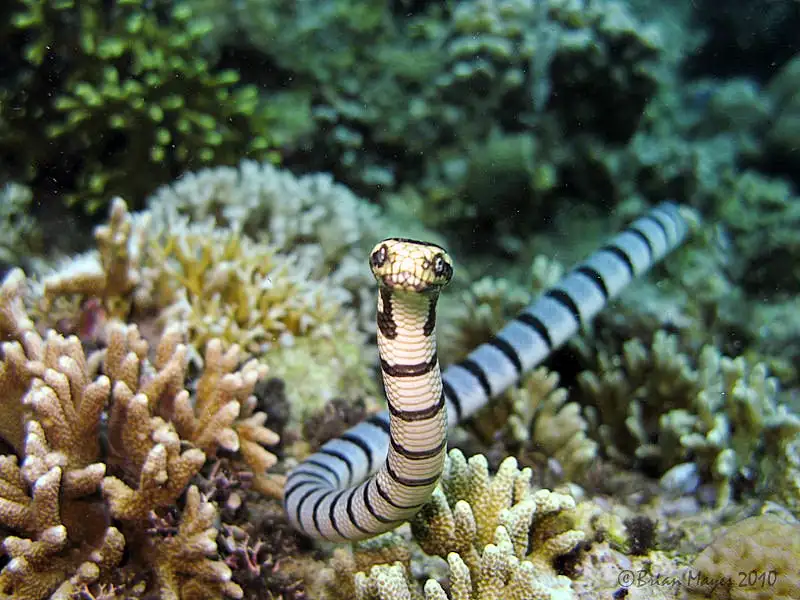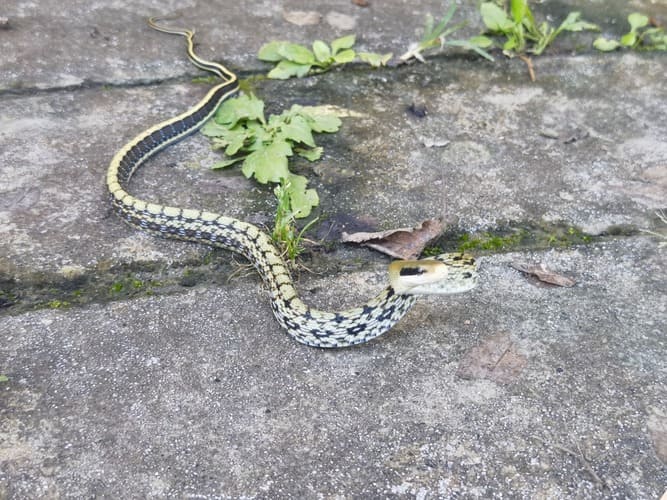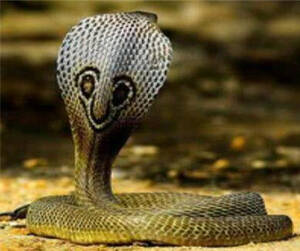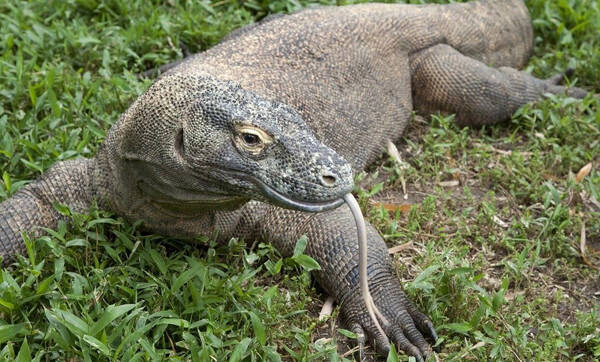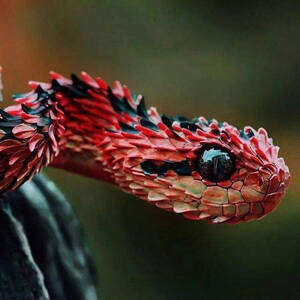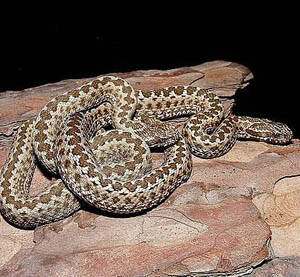Protobothrops mangshanensis
IUCN
LCBasic Information
Scientific classification
- name:Protobothrops mangshanensis
- Scientific Name:Protobothrops mangshanensis,White-tailed snake, rare snake, small green dragon, Mangshan iron-headed snake
- Outline:Squamata
- Family:Viperidae M.ironhead
Vital signs
- length:About 2 meters
- Weight:Up to 8.5kg
- lifetime:About 30 years
Feature
The head is slightly triangular, slightly larger, with cheek pits, and looks like a piece of iron, hence the name.
Distribution and Habitat
The Mangshan pit viper is only distributed in the subtropical coniferous forests and broad-leaved forests in the Mangshan area on the border between Hunan and Guangdong. The vertical distribution range is 800-1,300m, about 100km². The Mangshan pit viper likes to lurk and rest in dark places, and sometimes hides in caves.
Appearance
A venomous snake with cheek pits on the side of the head. The head is large and triangular, clearly distinguished from the neck. The snout is blunt and rounded; the back of the head is covered with small scales, which are smooth and without edges; there is one cheek scale, which is smaller. The eyes are small, and the pupils are upright and oval. The whole body is dark brown, with very small yellow-green or rust-colored spots in between, forming a very fine mesh impression. There are several 3-5 rows of equally spaced yellow-green horizontal stripes on the sides of the body, which are wide from the dorsal scales. The left and right horizontal stripes meet at the midline of the back, forming a complete horizontal stripe or slightly staggered front and back; in addition to the aforementioned dark brown with yellow-green fine spots on the ventral scales, there are also several larger, slightly triangular yellow-green spots. The head is also a relatively symmetrical pattern of dark brown a
Details
The Latin name of the Mangshan pit viper Protobothrops mangshanensis is a giant venomous snake species unique to China, commonly known as "Little Green Dragon".
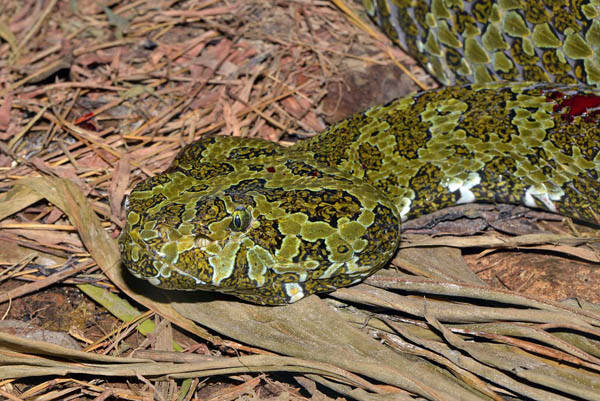
The Mangshan pit viper is carnivorous. They will track their prey in a timely manner and find the right opportunity to prey. Under breeding conditions, they eat mice, frogs, birds, etc.
The breeding season of the Mangshan Ironhead Snake is from late June to July every year. It lays 20 to 27 eggs each time, and the eggs weigh about 31-41g. The diameter of the eggs is 34-37mm, round and white. After laying eggs, the parent snake has the habit of protecting the eggs. The eggs laid at a temperature of 20-30℃ can hatch into baby snakes after about 60 days. The body length of the newly hatched baby snakes is between 330-460mm and the weight is between 15-35g.
In 2004, the State Forestry Administration announced the results of a national wildlife survey, showing that the number of Mangshan Ironhead Snakes was only about 500.
The venom of the Mangshan iron-headed snake contains neurotoxin components and hemolytic enzyme toxin components such as plasmin. The protein content of the crude venom of the Mangshan iron-headed snake measured by Bradfordf method was 38.60%, and the LD50 value for mice was 4.3mg/kg. In addition, after intraperitoneal injection, the mice immediately developed chills and whole-body tremors; they did not eat, had rapid breathing, could not open their eyes, had limp limbs, had difficulty crawling, and had paralysis. The fur aggregated due to excessive sweating and lost its luster. In severe cases, the whole body convulsed and had urinary incontinence. All mice in the high-dose group died. The bodies of the dead mice were dissected and a large amount of congestion was found in the liver and spleen.
The toxin of the Mangshan iron-headed snake is a TTX-R type sodium channel blocker, but has no significant effect on the TTX-S type sodium channel. It contains inhibitory components of HVA and LVA type calcium ion channels.
IUCN Red List: EN (Endangered)
The 1994 National Biodiversity Conservation Action Plan listed the Mangshan iron-headed snake as an "endangered species with international priority protection".
In 2004, the State Forestry Administration released a list of "11 species of wild animals in China that are more endangered than giant pandas and urgently need to be rescued and protected", and the Mangshan iron-headed snake ranked 10th.
It is listed in the first level of the "List of National Key Protected Wildlife in China".
Protect wild animals and eliminate game.
Maintaining ecological balance is everyone's responsibility!

